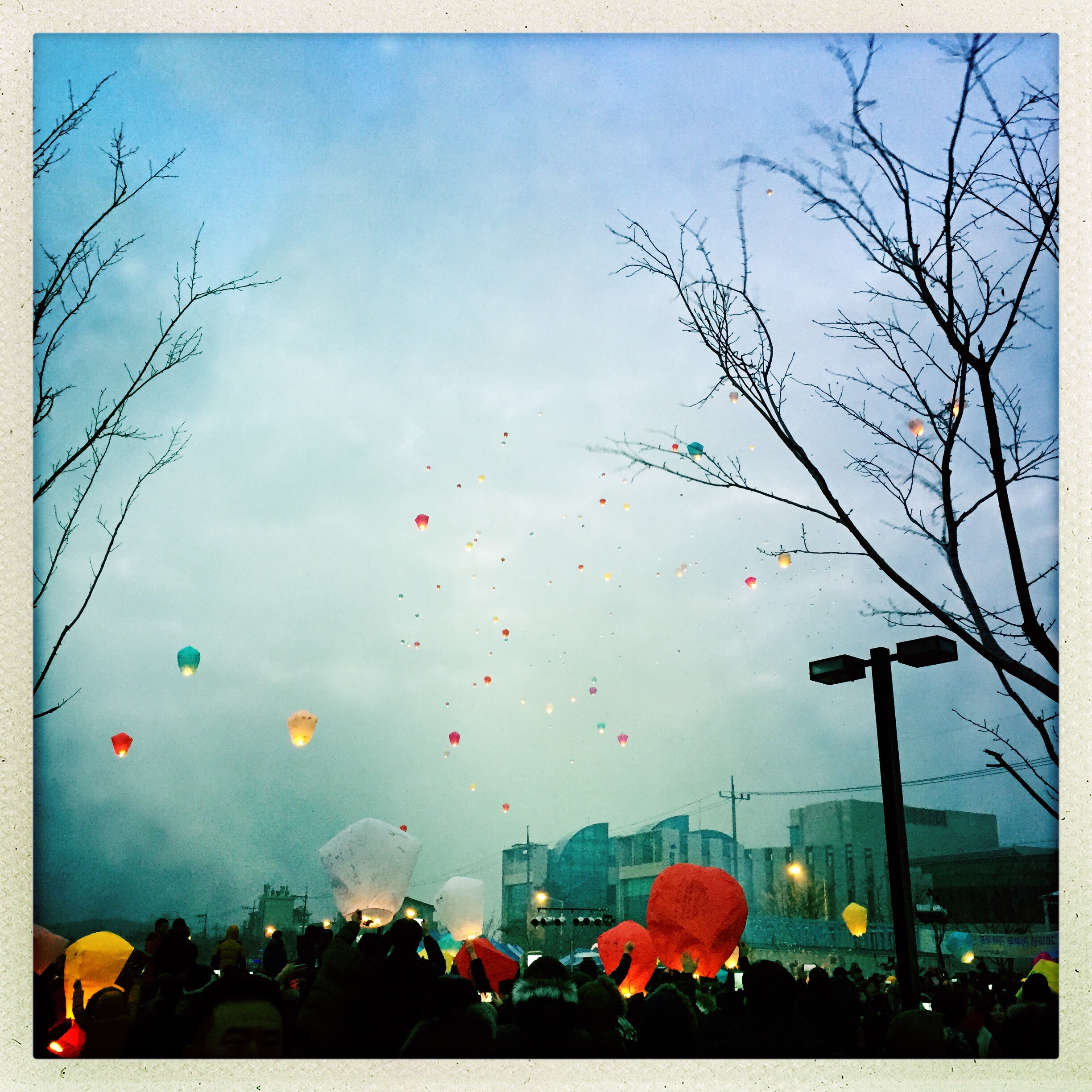
Discover the Jeongja (정자) or Korean Resting Pavilion
Have you ever wondered about the Korean resting pavilions (정자) you see around Korea or in photos? These beautiful, open-air structures offer rest and escape from harsh weather. Keep reading to learn more about them and how to use them.
What Is a Jeongja?
If you’ve walked through a Korean park or a cultural street, you may have noticed differently sized wooden buildings with raised floors, open sides, and often curved roofs. These calm, cozy structures are called jeongja (정자). Such Korean resting pavilions offer the community a place to stop and rest. Learning how to enjoy these peaceful pavilions can bring a lovely rhythm to your life in South Korea. Historically, the Goryeo academic Yi Gyubo defined nujeong as being “open, empty, and high on all sides.”
Let’s talk about what they are, where to find them, and how you can enjoy them.
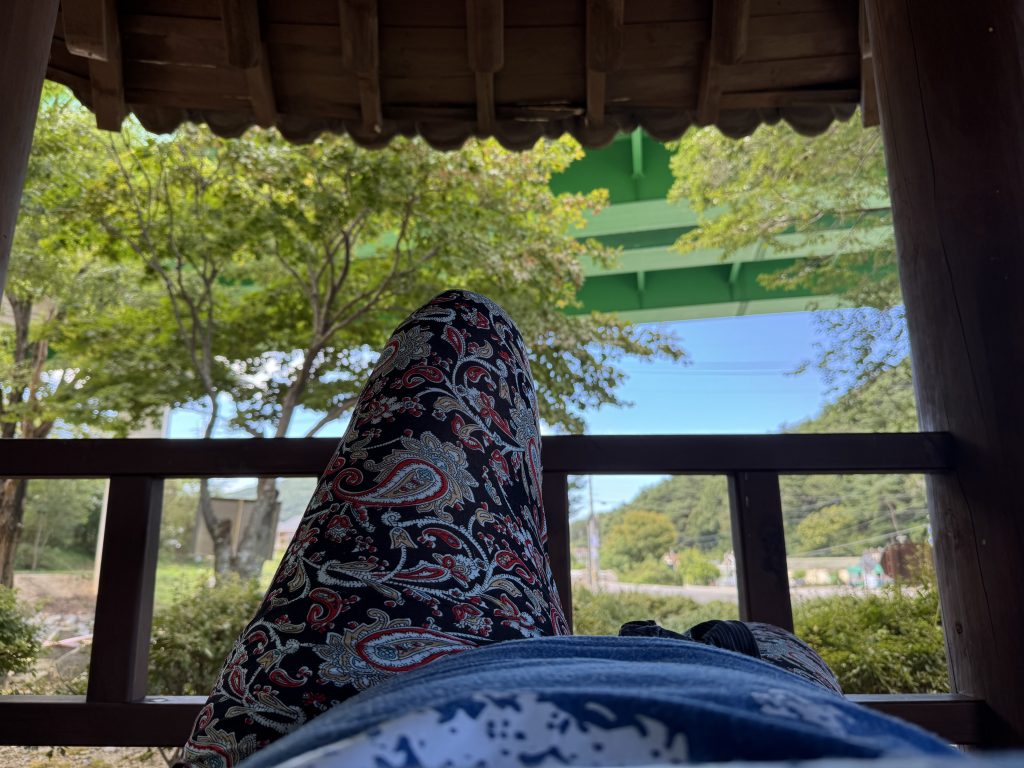
About Jeongja (정자)
A jeongja is a small, open pavilion. Most are made of wood, and many have beautiful tile roofs. They do not have doors or windows. This open design helps people enjoy the breeze, sunlight, and views around them. Across Korea, you can find many different styles from simple ones in the fields, to elaborate ones in palace parks.
In the past, jeongjas were built by scholars or poets. They would sit there to read, write, and think. Today, anyone can sit in one to rest or enjoy nature. So grab a good book or your sketching pencils and head to one near you!
The Complications of Searching for 정자 Online
You should also be fully aware that jeongja also means sperm. Yup, you read that right. Keep this in mind when you search the term online. Needless to say, I was not aware of this when doing research for this blog post, so that’s highly amusing. The things that we learn. To avoid looking at various images of sperm, we recommend using the following specific terms for different types of jeongja.
Oh, and it’s the name of certain neighborhoods around Korea. There are a few 정자-동 across the country that you will find when you search in Korean.
Use Nujeong (누장) Instead
You can also call Korean resting pavilions nujeong (누장), a portmanteau of the Korean words nugak, (“tower”) and jeongja (“pavilion”). However, you don’t get the full spectrum of these pavillions unless you use jeongja in search, so we recommend using more exact sperms… we mean terms.
Types of Jeongja (정자)
You can copy and paste these into Naver or Google to see images of different example of these Korean resting pavillions:
| Korean Term | Romanization | What It Finds / Where It’s Used |
|---|---|---|
| 전통 정자 | jeontong jeongja | Traditional-style pavilions in cultural areas or parks |
| 정자 쉼터 | jeongja swimteo | Pavilions specifically used as rest stops |
| 누정 | nujeong | Formal term for pavilions in gardens, palaces, scenic areas |
| 누정문화 | nujeong munhwa | Cultural heritage listings for historical pavilions |
| 공원 정자 | gongwon jeongja | Pavilions in city or neighborhood parks |
| 산책로 정자 | sanchaek-ro jeongja | Pavilions along walking paths or hiking trails |
| 모정 쉼터 | mojeong swimteo | Thatched resting places in the countryside |
| 전망대 정자 | jeonmangdae jeongja | Scenic viewpoint pavilions (often used in mountain areas) |
What Are Jeongja Used For?
Jeongjas are used as FREE public rest areas. You can:
- Sit and relax
- Read a book
- Have a chat with a friend
- Eat a snack
- Enjoy the view
- Take a nap
- Escape from the run or the sun
- Play polite games with friends
Basically, it’s a place to enjoy a day. Keep in mind, these are public spaces, so you need to be considerate of everyone around you. Others can freely join you on the Jeongja, and it’s polite to make them feel comfortable and welcome.
Also, please stop thinking about sperm. I know it’s not easy, but we all have to move on from this.
My Experience with Korean Resting Pavilions
As soon as I moved to Korea, I fell in love with using Korean resting pavilions. I lived alone in the countryside during that time, and spending time hanging out publicly with my community felt wonderful. Sure, linguistically I didn’t understand anyone around me, and they didn’t understand me, but we understood each other as community members.
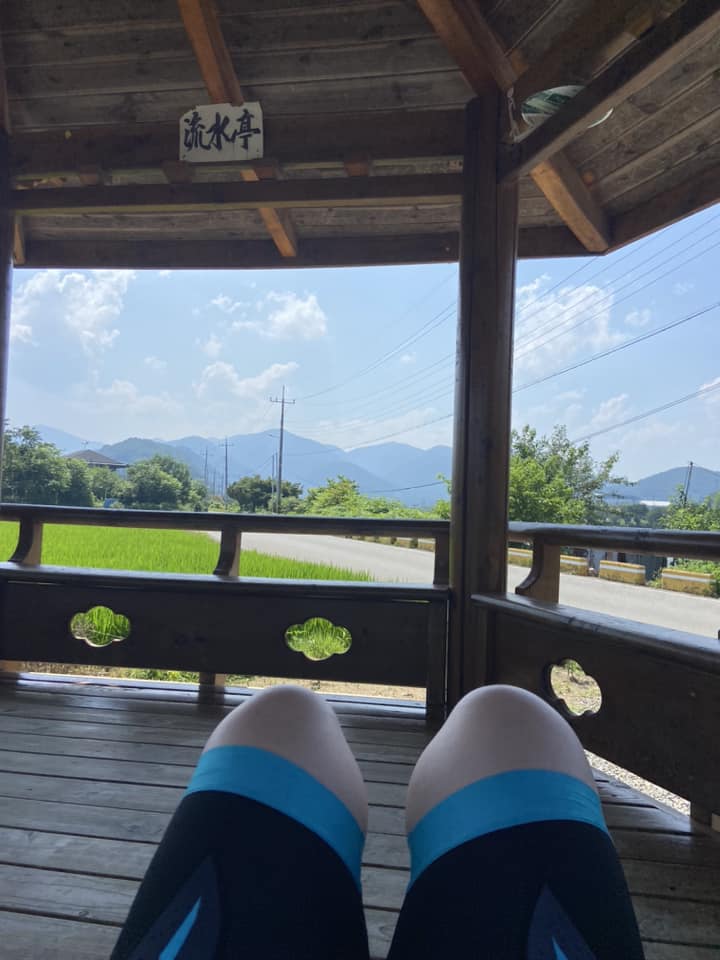
Later, I started using Korean resting pavilions for naps when I was on cross-country bike trips. The provided the perfect place to escape monsoon rains, scorching sun, and the exhaustion of climbing the mountains. Just when I couldn’t take it anymore, I would find a Korean resting pavilion and pass out for an hour or two.
Jeongja Accessibility
In many cases, you do not need to buy anything or make a reservation. The Jeongja that exist in most public spaces are free to use and open to the public. Just like a park bench in many countries. However, not every jeongja is built for public access.
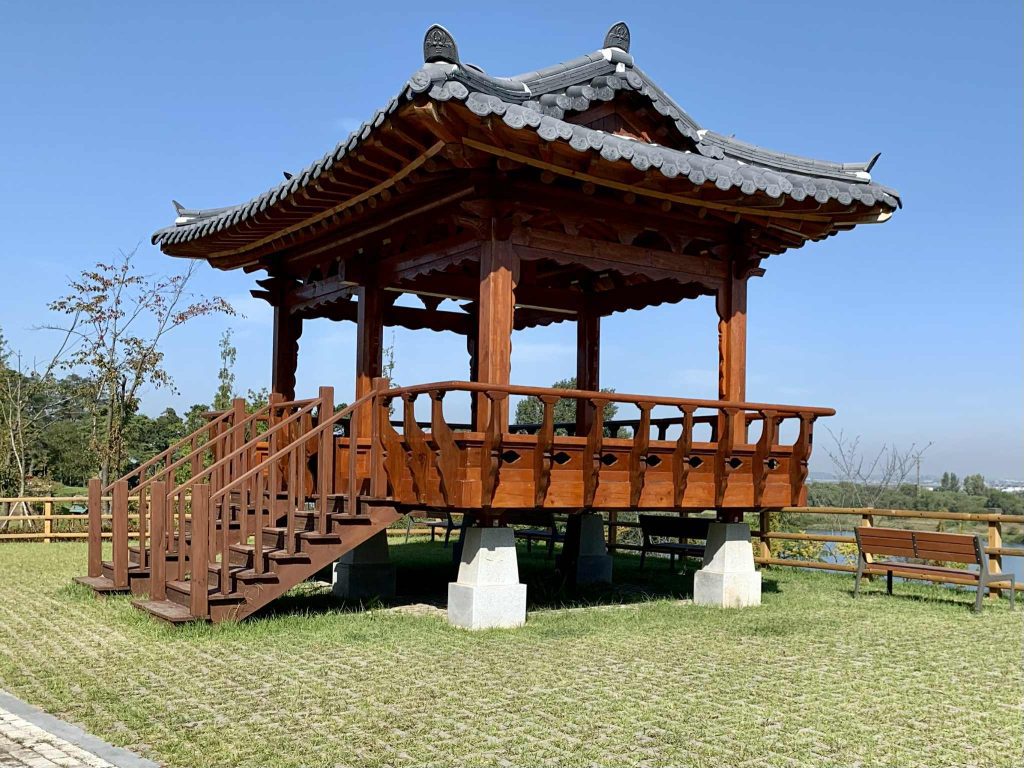
Some people or companies may build jeongja for their friends and families on private property. In this case, you can not use it freely without the property owner’s permission. It’s important not to tresspass.
Additionally, some parks where you pay to enter may rent out jeongja for picnics, and you might need to make a reservation. Pay attention to signs and ask someone if you feel uncertain.
Jeongja often doesn’t have accessibility ramps. This may make them difficult to use for wheelchair users and others with mobility issues.
Where Can You Find Jeongja?
Jeongjas are common across South Korea. You may find them in such places as:
- National Parks
- Roadside rest areas
- Temple grounds
- Traditional markets
- Cultural streets
- Neighborhood parks
- Walking trails
- In a pinch, you can sleep in them overnight in the countryside.
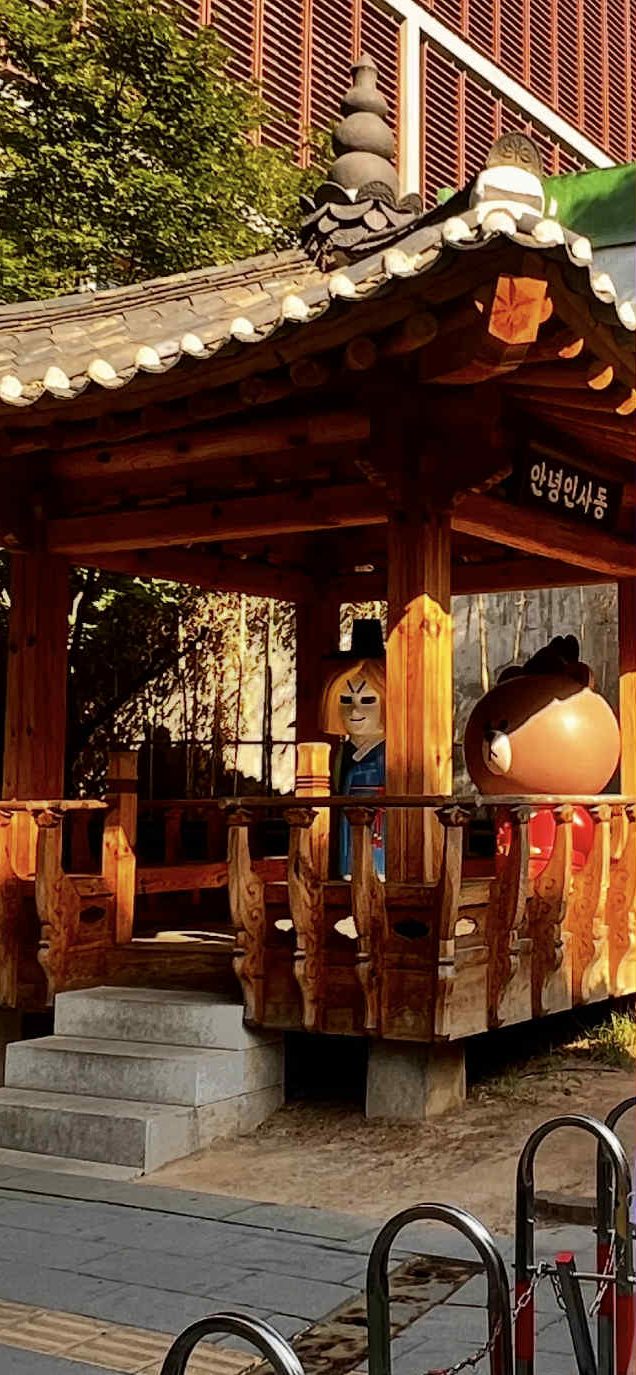
In the photo above, the jeongja is located near Insadong (인사동) in Seoul. Insadong is a popular area full of Korean art, crafts, and traditional food. This jeongja even includes cartoon-style characters! These mix tradition and pop culture so that both locals and tourists can enjoy the space.
Finding a Jeongja Online
If you would like to find a jeongja near you, we recommend searching on Naver Maps for 공원 to find small parks. Then you can click into Naver Maps Street View to see if a 정자 exists at the park. If you would like to use the jeongja for napping, make sure that it’s one without seating. This will make the experience more relaxing. You want an open floor where people don’t stand with their shoes on.
How to Be Respectful When Using a Jeongja
Korean resting pavilions are for everyone, so it’s important to take care of them. Here’s how:
- Take off your shoes before walking up if it’s a jeongja for napping
- Don’t leave trash behind
- Keep it clean of mud, dirt, food scraps, etc.
- Be gentle with the wood and paint
- Keep noise levels low since this is about taking a rest
- Let others have a turn if it gets crowded
- Make space for others and welcome them
- Don’t climb or jump on the structure
These rules help keep the space peaceful and clean for all visitors.
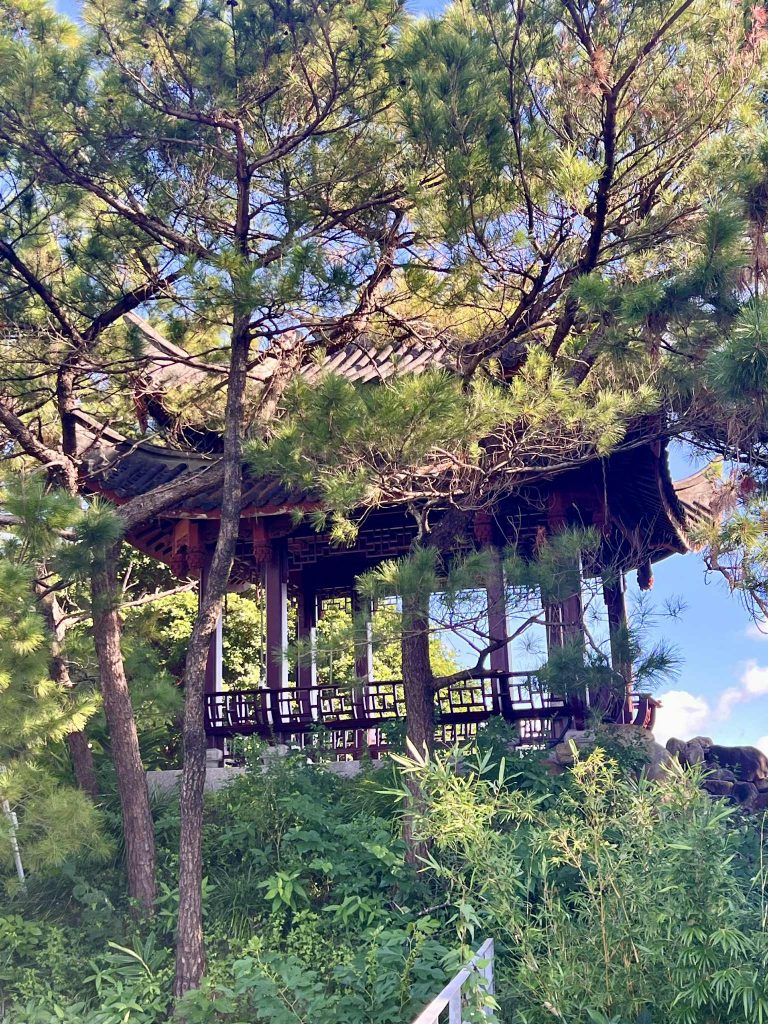
Maintaining the Jeongja
Many jeongja in small communities have cleaning supplies stored under the structure, in the rafters, or nearby. This might include brooms or other supplies for getting rid of debris or dust. You can feel free to use these tools to clean the platform before or after using it. Since these are community-maintained spaces, any help you provide will be appreciated.
Why Are Jeongjas Special?
Jeongjas show the heart of Korean culture. They connect the past with the present. Their design shows how much Koreans care about nature, quiet time, and beauty in everyday life. Even in busy cities like Seoul, a jeongja gives people a peaceful moment. Engaging with these Korean resting pavilions can help you build a sense of place and comfort within your community.

Founded in 2015, the South of Seoul team consists of volunteers on three continents working together to support English-speaking people traveling or living in South Korea. South of Seoul volunteers work with organizations and individuals across South Korea to improve equitable access to information across South Korea. Much of South of Seoul’s information focuses on Pyeongtaek, Gyeonggi-do, South Korea.
Blogs published under the authorship of “South of Seoul” include blogs compiled by multiple volunteers to improve access to standardized information unrelated to individualized personal experiences.



